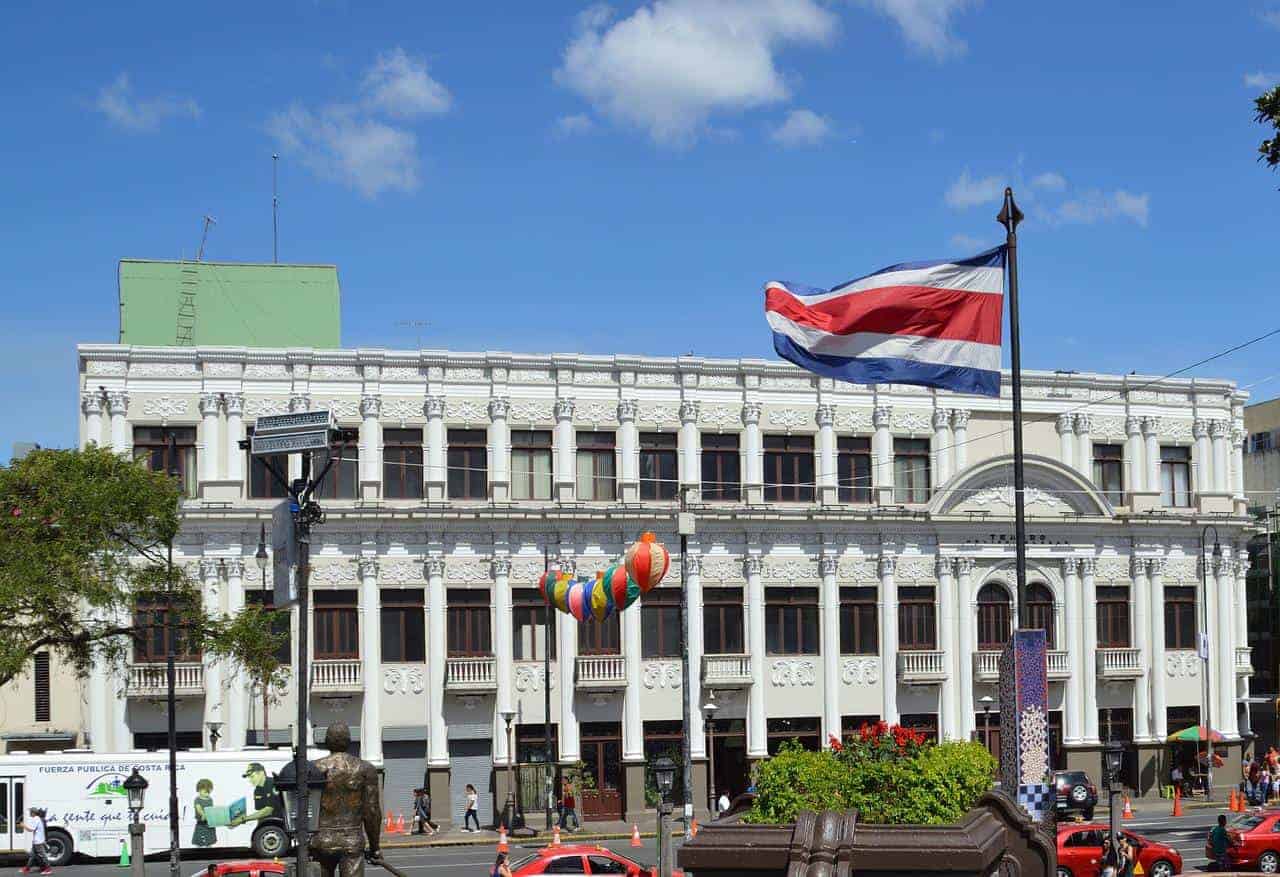A group of citizens, entrepreneurs, architects, and urban planners want to turn San José into a vibrant, beautiful, and ideal city for tourism, business, and entertainment.
They wish to restore and renovate buildings located in areas such as Carmen, Cathedral, Hospital, and Merced, which are part of the Historical Center of the Costa Rican capital. The group hopes the city will recover its past splendor.
According to those who presented the proposal, this would generate more jobs and reactivate the economy while promising to repopulate the capital city and make it a safer space.
“Adapting the infrastructure to the new times will allow more people to live and work in San José,” confirmed Giovanni Graziano, general manager of Hotel Balmoral and promoter of the initiative.
To achieve this, several changes need to be made. The current law establishes many obstacles and even prohibitions for building owners who cannot regenerate their buildings. Sometimes, these buildings are abandoned and underutilized.
“Seven out of ten people who come to the capital to work do not live there, according to a study conducted by TEC. That is why it is so important that there are apartments and hotels in these abandoned buildings,” Graziano added.
By changing the infrastructure, other improvements would be made. For instance, well-maintained sidewalks, more lighting, less visual and noise pollution, and more safety would be some of the major improvements.
The idea of this group is to present a bill to Congress in about six months to eliminate the obstacles that impede development.
Approximately 30 buildings could be converted into apartments, but current regulations make this financially and legally impossible.
Next year San José will celebrate its 200th anniversary, which is why this group believes it is the ideal time to pass the bill and regenerate the Historic Center of San José.
“With good regulations, downtown San José can become the city we all dream of living in, where everything can be done by foot, where history and national culture can be appreciated, where social classes are integrated, where resources are not wasted, where people can live and work with a better quality of life,” Graziano concluded.
The historical value of the buildings that have been standing for more than 100 years and that strengthen culture has been highlighted by organizations such as Chepecletas, GAM Cultural, and Rutas Naturbanas.

